Baseball History Comes Alive Now Ranked #2 by Feedspot Among All Internet Baseball History Websites and Blogs!
Guest Submissions from Our Readers Always Welcome!
Subscribe to Baseball History Comes Alive! for automatic updates (sign-up block found in right side-bar)
As a Free Bonus for subscribing, you’ll get instant access to my two Special Reports: Memorable World Series Moments and Gary’s Handy Dandy World Series Reference Guide!
The Toy Cannon, Jim Wynn Photo Gallery
Click on any image below to see photos in full size and to start Photo Gallery:
Tribute to Baseball’s “Toy Cannon”
RIP Jim Wynn
“Jimmy’s success on the field helped build our franchise from its beginnings. After his retirement, his tireless work in the community impacted thousands of young people in Houston. His legacy will live on at Minute Maid Park, at the Astros Youth Academy and beyond.“ – Statement from the Houston Astros on the passing of Jim Wynn
The baseball world said a sad good-bye this week to the “Toy Cannon,” Jim Wynn, who passed away at age 78.
One of the most underrated players of the pitching-dominant 1960s, Jim Wynn had a fine 15-year career in the “Big Show” (1963-1977), playing for the Colt .45s/Astros (1963-1973), Dodgers (1974-1975), Braves (1976), Yankees (1977), and Brewers (1977). Over his career, the three-time All-Star hit .250, with 1105 runs, 291 home runs, 964 RBIs, 225 stolen bases, a .366 on-base percentage, and a .436 slugging average. His OPS+ of 129 places him well above average among ballplayers from his era (100 being the major league average). Known for his ability to get on base, he twice led the National League in walks.
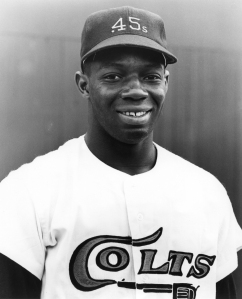
As Bill Gutman aptly said, his nickname, Toy Cannon, is “maybe one of the last great nicknames in baseball.” It came from the fact he had a quick, powerful swing with a lot of “pop,” unusual for a player of his diminutive size. His 5’9”, 160 lb. frame is not exactly the prototypical physique of a power hitter. And yet he hit 291 home runs, playing many years in the spacious Astrodome. You’re left wondering how many he would have hit if he played in a hitter-friendly park like Wrigley Field or Fenway Park.
In the featured photo above, we see a young Jim Wynn during his rookie season with the Colt 45s.
Originally a shortstop, Jim made his major league debut on July 10, 1963, with the Houston Colt .45s. After struggling at short, he was switched to the outfield the following season. He was back in the minors in June but returned as a September call-up.
By 1964, his first full year in the majors, he was the Astros’ starting centerfielder and responded by hitting .271, with 22 home runs, 73 RBIs, 43 stolen bases, and a .371 on-base percentage. His best season was probably 1967 when he hit .249 with 37 home runs, 107 RBIs, and a .331 on-base percentage. That year he missed out on the home run championship to Hank Aaron’s 39, although Wynn played in the spacious Astrodome, while Aaron played in the hitter-friendly Atlanta Fulton County Stadium. For this reason, Hank himself once made the comment that he considered Wynn the actual home run champion.
For the next six seasons with the Astros, he continued to be a power-hitting run producer, averaging 22 home runs and 72 RBIs. His combined batting average for the six years was .252, even though it included lows of .203 in 1971 and .220 in 1973.
Wynn was traded to the Dodgers for the 1974 season in a deal that brought Claude Osteen to Houston. The “Toy Cannon” showed he still had plenty left and responded with a fine season: 32 home runs and 108 RBIs, helping the Dodgers to the National League pennant. For his performance, he was named the Sporting News Comeback Player of the Year. In the World Series, he went 3-16 and hit his only post-season home run off Rollie Fingers. Although a shoulder injury limited him to only 130 games in 1975, he still hit 18 home runs, 58 RBIs, 80 runs, a .403 on-base percentage, and his third All-Star selection.
Another trade before the 1976 season landed him in Atlanta, his only year with the Braves. He continued his trend of solid run production with a sinking batting average. Although he hit only .203, he still had 17 home runs, 66 RBIs, and a .377 on-base percentage. His final year in the majors, 1977, saw him splitting the season with the Yankees and the Brewers as a DH.
Wynn was known for hitting tape-measure home runs. Perhaps the most famous came on June 10, 1967, at Crosley Field. He hit a blast which cleared the 58-foot scoreboard in left-center field and landed on Interstate 75 outside the stadium. Five days later, he became the first Houston batter to hit three home runs in a game. A month later, against the Pirates, he hit a 457-foot shot that cleared Forbes Field‘s center-field wall. On April 12, 1970, he became the first player to hit a home run into the upper deck of the cavernous Astrodome, sending a pitch more than 500 feet down the leftfield line.
How good was Jim Wynn? Is he deserving of Hall-of-Fame consideration? His career numbers, although very good, are deceptive, as he played most of his career in the spacious Astrodome. Jim Wynn’s career is summed up nicely in this paragraph from his Wikipedia page:
“Wynn was a player who walked a lot, giving him a very high on-base percentage. Moreover, he played in the 1960s, a low run-scoring era, as well as in the Astrodome, a low run-scoring park. This has led to many statistical analysts (or proponents of sabermetrics) to argue Wynn was a most underrated player who may deserve induction into the Baseball Hall of Fame.”
When Jim Wynn left the Astros, he was the franchise leader in hits, home runs, RBIs and walks. Following his retirement as an active player, he served as a post-game interviewer for the Astros. In his role as a community outreach representative for the team, he was celebrated everywhere he went and was often seen around the ballpark interacting with players and fans. Jim’s number 24 has been retired by the Astros, and he has been elected to the Astros’ Hall of Fame.
Let’s take a moment to shine our baseball spotlight on a fine ballplayer who was an even better human being: the “Toy Cannon,” Jim Wynn.
Shop MLB.com. The Official Online Shop of Major League Baseball.
Gary Livacari
Photo Credits: All from Google search
Information: Excerpts edited from Jim Wynn Wikipedia page
Check out my latest book, recently nominated for the SABR 1919 Lawrence Ritter award: Reflections On the 1919 Black Sox: Time to Take Another Look now available on Amazon in e-book and paperback. All profits go to the Illinois Veterans Foundation
We are a participant in the Amazon Services LLC Associates Program, an affiliate advertising program designed to provide a means for us to earn fees by linking to Amazon.com and affiliated sites. Click here to view Amazon’s privacy policy

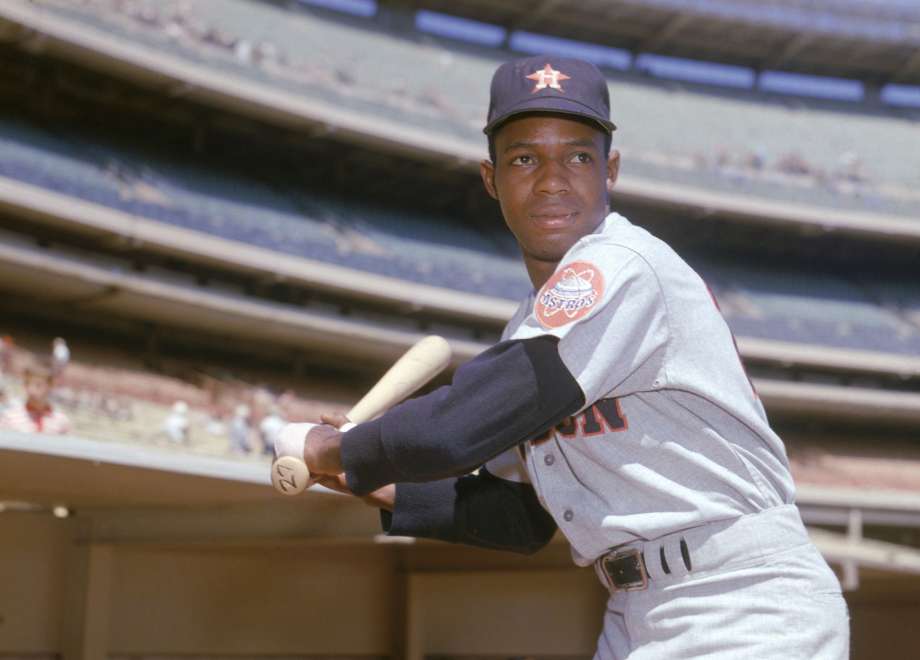
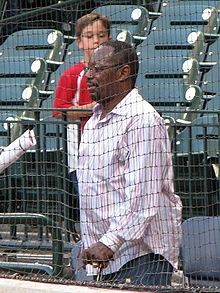
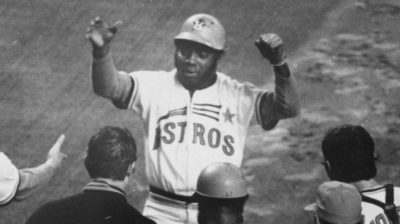
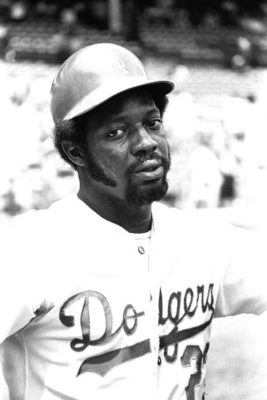
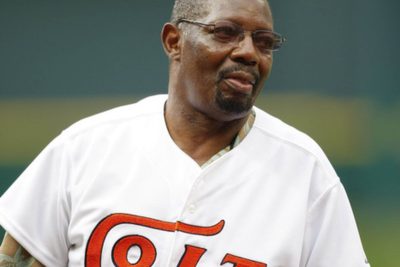
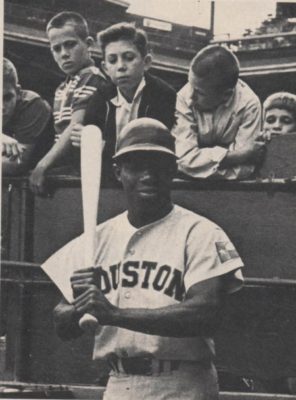
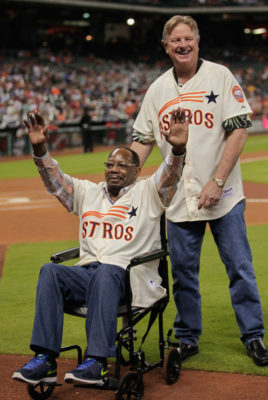
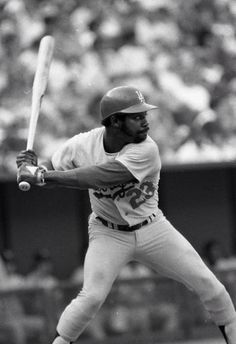
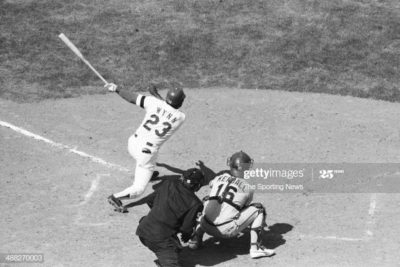
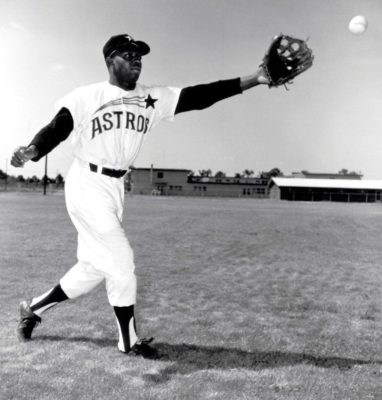
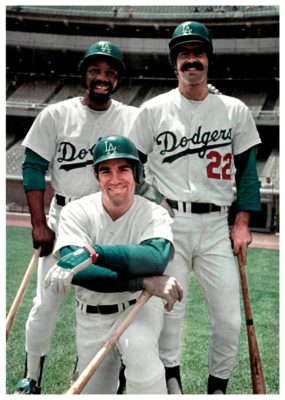
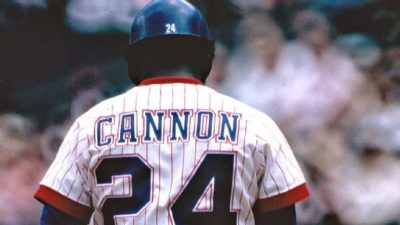
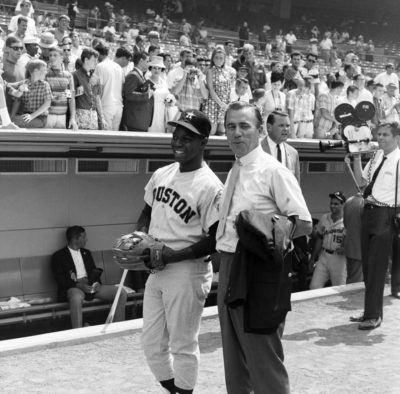
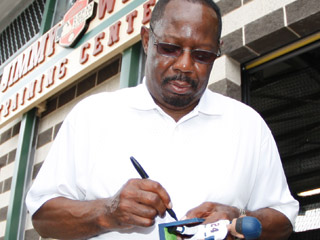
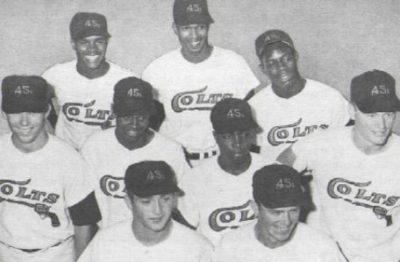
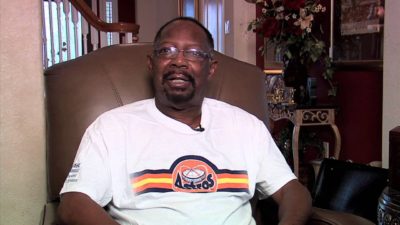
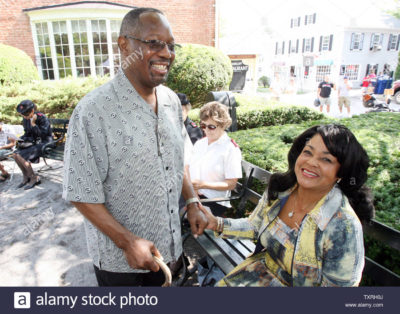
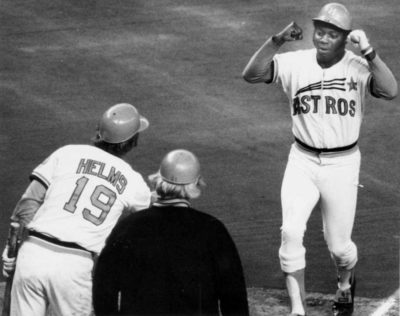
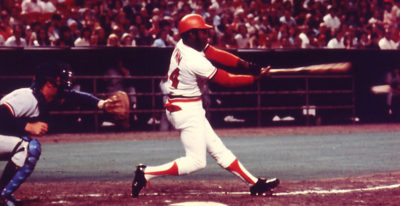
Wasn’t Jim Wynn the one who got credit for scoring the 1 millionth run in major league history?
Another note: When you started your campaign to get Gil Hodges into the HOF, I thought your were peeing against the wind hoping not to get wet. But some guy in Denver did a campaign to get Larry Walker in the HOF and it worked. The great underachiever goes in this year. What a country!
Jimmy Wynn was one of the main reasons the Dodgers went to the WS in 1974. Al Campanis made 2 GREAT trades prior to that season acquiring Wynn (for Claude Osteen) and Mike Marshall (for Willie Davis). “Iron Mike” went on to win the Cy Young Award and “Toy Cannon” had a career year! As a Dodger fan, what a great memories. ’74 was a Golden Year also because I married to the greatest woman in the world!
Thanks Jim..sounds like you had a great year!
I think it was Bob watson who scored the one-millionth run on a Sunday afternoon in San Francisco.
Lovely tribute for a wonderful man — many thnaks!